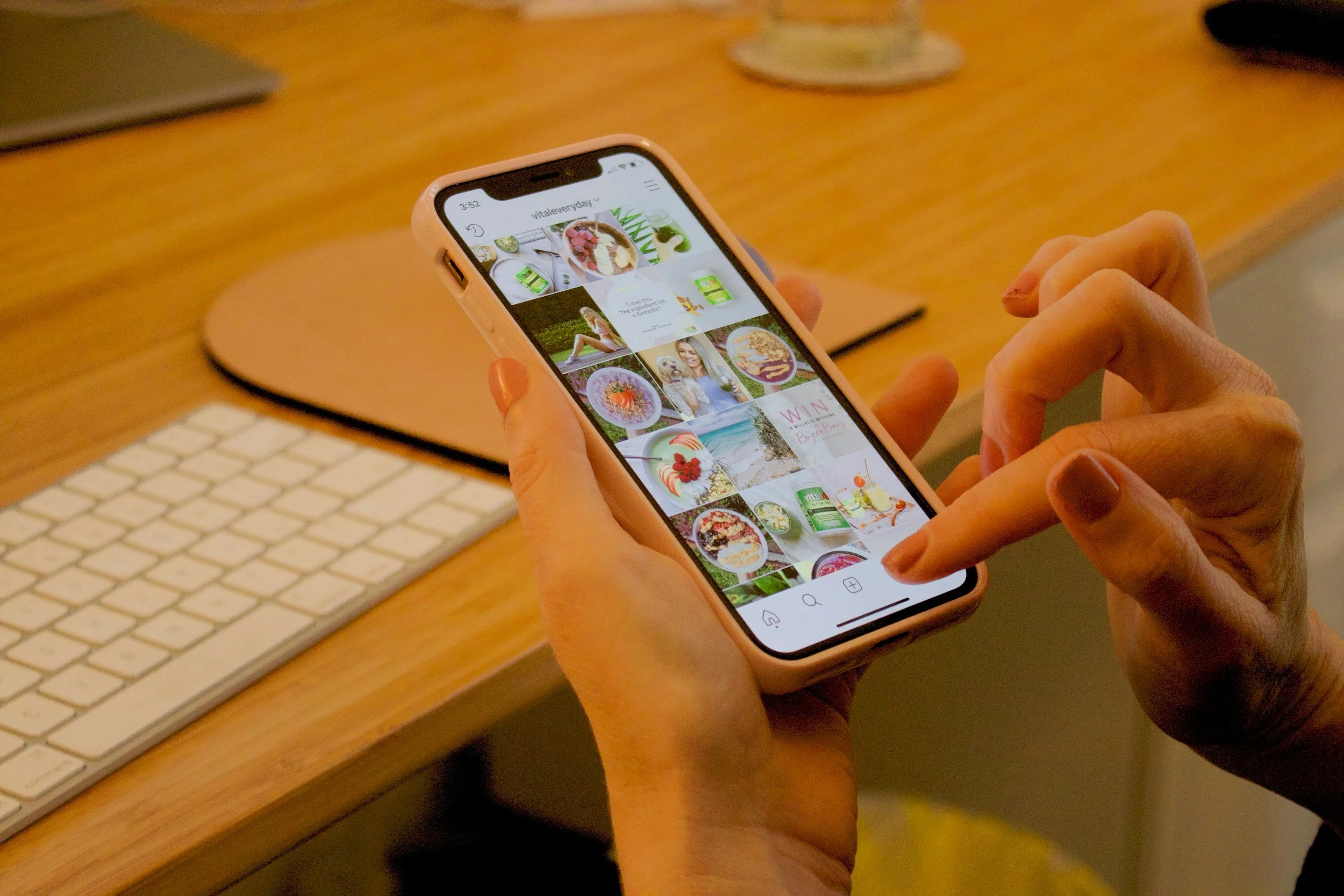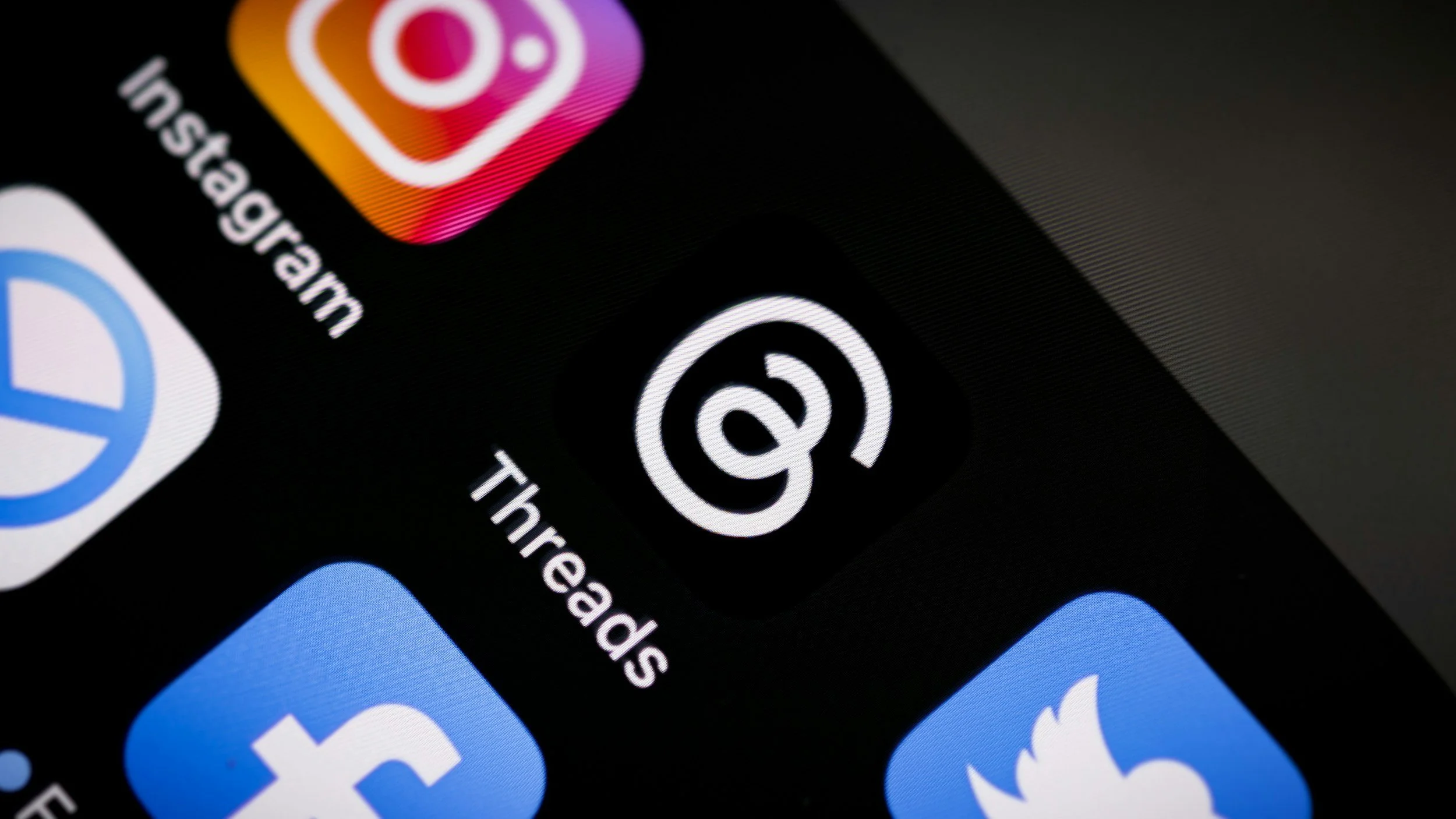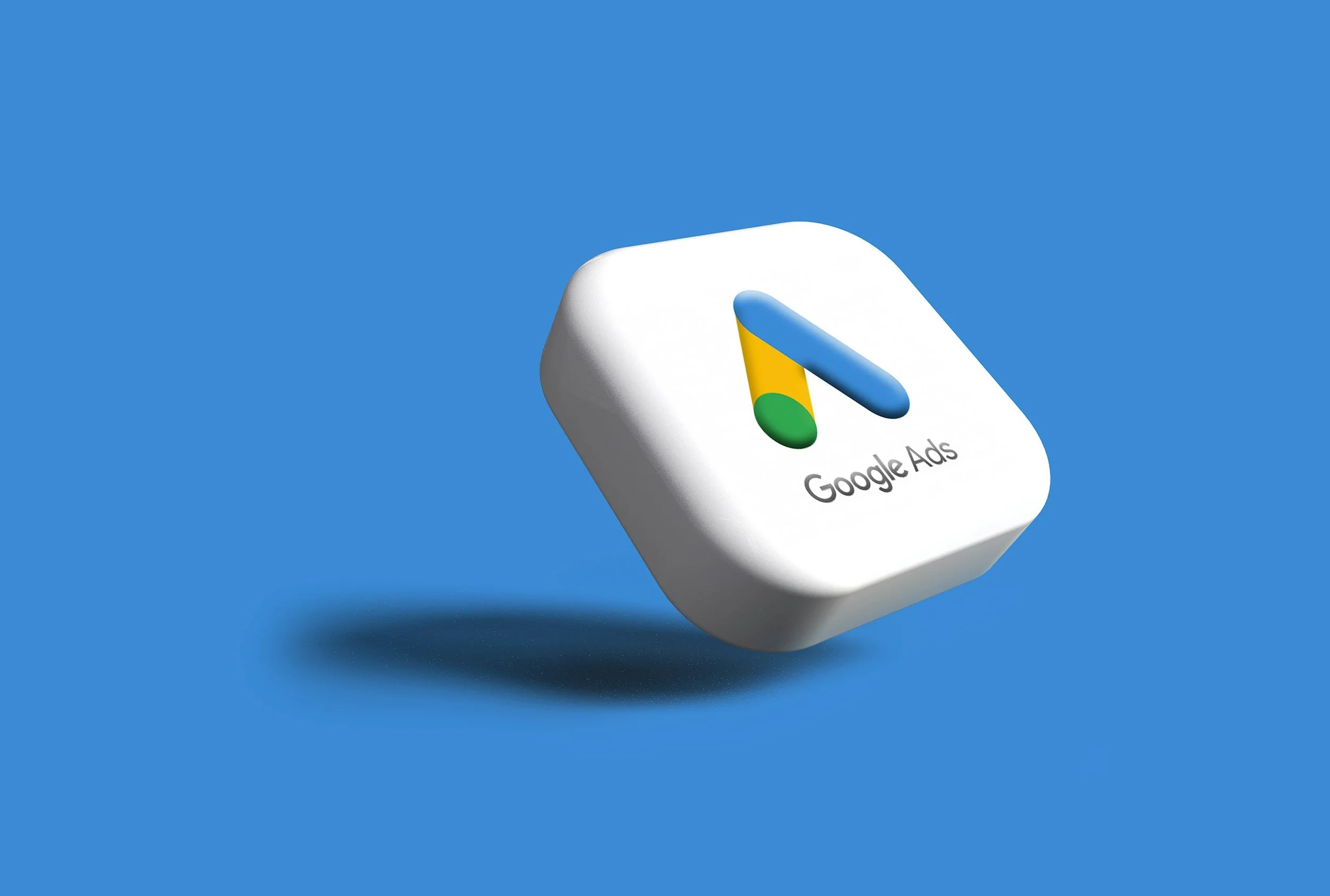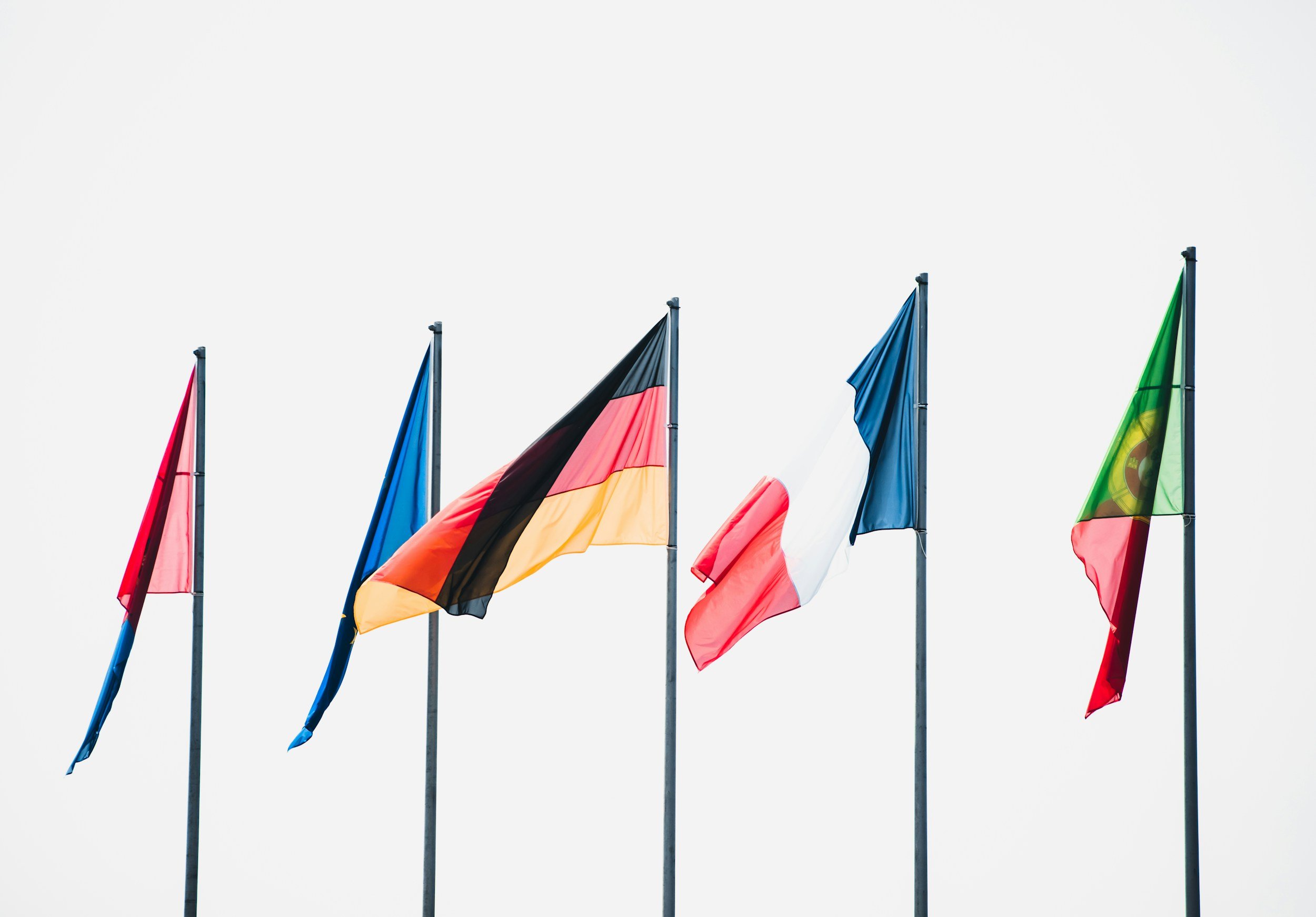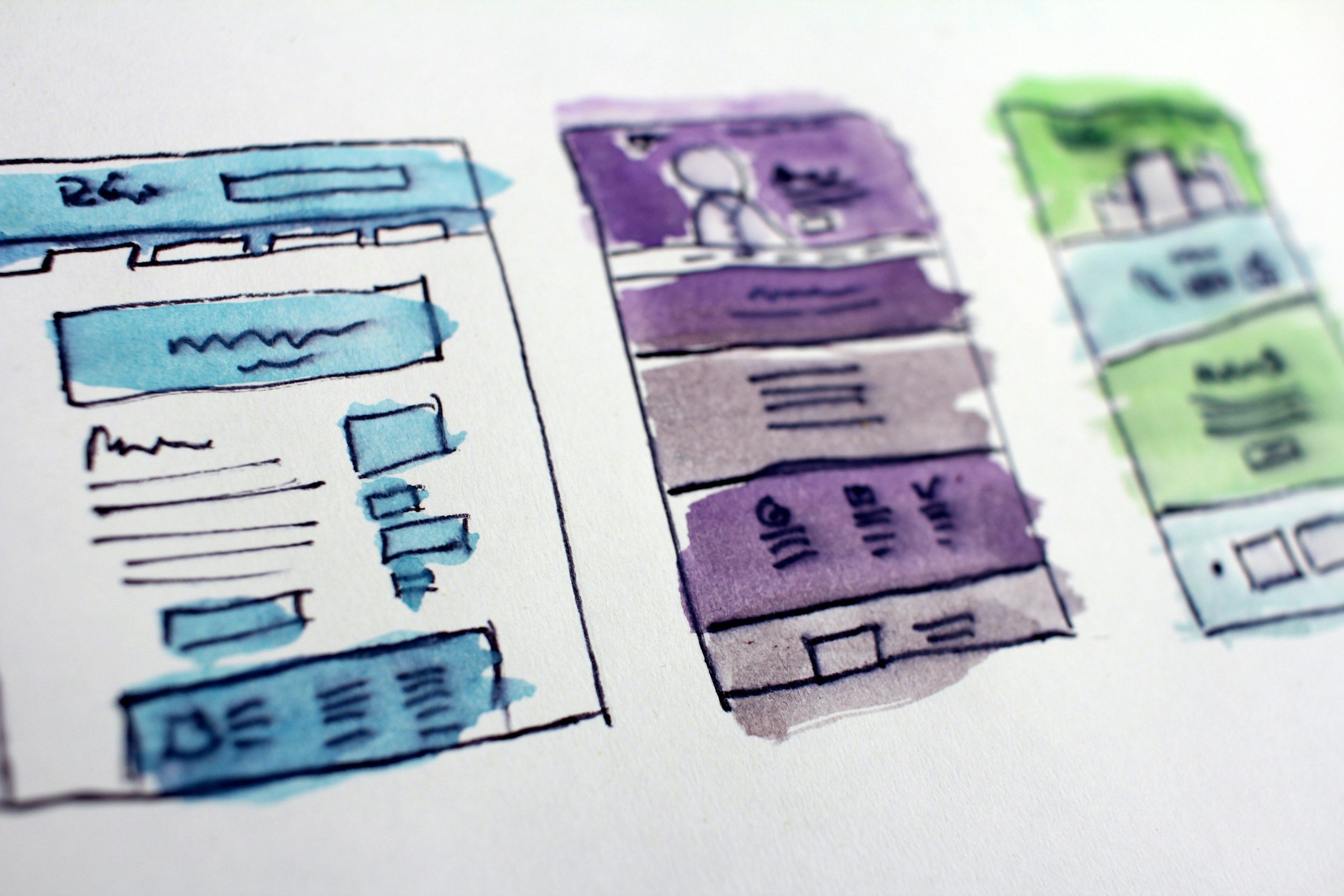How can digital marketing integrate with offline strategies?
Every media is interconnected.
Key Takeaways
Integrated marketing amplifies message retention and conversions by aligning digital and offline channels across a non‑linear customer journey.
Tactics include geo‑targeting digital ads around offline placements, using vanity URLs and branded search to drive online traffic and leveraging offline data for digital retargeting.
Successful integrated campaigns start with clear objectives, align creative across channels, use geo‑targeting and personalisation, measure both online and offline metrics and optimise in real time.
1. Introduction: The Power of Integrated Marketing
In an age where customers are bombarded by messages from every angle, an integrated marketing approach can be a game-changer. While digital channels give us the power of precision, offline channels like TV, radio, print, and outdoor (OOH) still command broad reach and trusted brand presence. Combining them properly is more than just adding logos to a billboard or plugging social media handles in a TV commercial; it’s about orchestrating a consistent customer experience across every potential touchpoint.
But why is this so crucial? Research indicates that multi-channel campaigns significantly amplify message retention, brand recall, and conversion rates. For instance, studies on cross-media synergy show that when brands run TV advertising alongside digital ads, the effectiveness of the entire campaign can increase by over 30%. This synergy—the uplift seen when offline and online efforts run concurrently—demonstrates the indispensable role of integrated marketing in today’s environment.
2. Understanding the Modern Customer Journey
2.1 Fragmented Yet Connected
Consumers today navigate between devices and physical spaces seamlessly—watching TV while scrolling through social media on their phone, or listening to the radio in the car before searching online for a mentioned product. Because of this fluidity, marketing strategies must anticipate these shifts and ensure that no channel exists in a silo.
2.2 The Non-Linear Path to Purchase
The traditional marketing funnel (Awareness → Consideration → Purchase) has been replaced by a more complex journey. Prospects might see a billboard, do a quick web search, read reviews, and then hear about the brand again on a podcast. Consequently, each channel contributes differently at different stages. By mapping out potential pathways, you can identify key “moments of truth” where integrated messaging can have the greatest impact.
2.3 The Role of Frequency and Messaging Consistency
It often takes multiple impressions before a customer takes action. Frequency—the number of times a potential customer encounters your message—must be carefully planned across channels. Seeing a brand consistently across a city’s outdoor ads and on digital platforms not only boosts brand recognition but also shortens the path to purchase.
3. Bringing ATL and Digital Together: Key Strategies
3.1 Geo-Targeting Digital Campaigns to Complement Offline Media
Scenario: You’re running an outdoor campaign in a specific city. To maximize impact, launch a digital campaign targeted to the same geography.
Location-Based Targeting: Use geo-fencing and geo-targeted social ads so people within the city see your digital creative.
Time-Based Sync: If your OOH ads are placed at peak traffic areas during rush hours, align paid search and social ads to show during similar time frames.
Localized CTAs: Tailor messaging to resonate with local culture, events, or interests, giving the offline-to-online transition a “local feel.”
Outcome: This approach increases the chance of repeated exposures to the same audience, creating top-of-mind awareness.
3.2 Creative Synergy and Consistent Storytelling
Your billboard or TV ad might use specific visuals, taglines, or calls to action. Replicate those in digital channels so viewers instantly recognize the campaign. This consistency:
Builds trust and recognition
Reinforces memory structures around your brand
Presents a unified narrative whether someone sees your ad on television, in their social feed, or during their commute
3.3 Leveraging Offline Campaigns to Drive Online Traffic
Vanity URLs: For TV or billboard ads, include a short, memorable URL directing people to a dedicated landing page. Track visits from that landing page in your analytics tool.
Branded Search: Monitor branded keyword searches in regions running offline ads. A spike in branded search volume often correlates with a successful offline campaign.
The real-time data from digital can inform immediate adjustments in your offline campaign, such as refining messaging or emphasizing different benefits.
3.4 Integrating Offline Customer Data for Retargeting
For industries that collect customer information offline (e.g., in-store sign-ups, event registrations, loyalty programs), integrate this data into your CRM. Then use it for digital retargeting:
Email & SMS: Send follow-up messages with exclusive offers or reminders.
Lookalike Audiences: Upload your offline customer lists to platforms like Facebook or Google Ads to create lookalike audiences who share similar interests, demographics, and online behavior.
This two-way data flow ensures your marketing remains people-centric, bridging the gap between clicks and foot traffic.
4. Measuring and Optimizing Cross-Channel Frequency
4.1 Frequency Capping and Brand Recall
Frequency Capping: Overexposure can lead to ad fatigue, while underexposure could mean your ad goes unnoticed. Tools like Google Ads or programmatic platforms allow frequency capping to ensure viewers aren’t shown your digital ads too many times.
Brand Recall Studies: Offline channels can measure recall through brand lift surveys, while online you can use A/B tests to gauge lifts in direct or organic search. Combining both gives you a holistic view of how frequently (and effectively) your message hits home.
4.2 Data Integration & Single Customer View
CRM and POS Integration: Use CRM systems that combine both online and offline interactions (e.g., phone calls, store visits, event attendances) for a unified view of the customer journey.
Marketing Mix Modeling: Analyze the relative impact of each channel on conversions or revenue. By attributing value to both ATL and digital channels, you can justify media spend and optimize your budget distribution.
4.3 Offline Conversion Tracking
Promo Codes and Coupons: Provide unique promo codes in OOH or print ads. Track usage online or in-store.
QR Codes: Place QR codes in offline ads that direct users to mobile-optimized pages. Embedded UTMs in the QR code help track the exact origin of traffic.
Call Tracking: Assign unique phone numbers to different ad placements (billboards, TV spots, etc.). Modern call tracking platforms can attribute calls to specific channels and campaigns.
5. Advanced Tactics to Boost Synergy
5.1 Real-Time Outdoor & Digital Integration
Programmatic DOOH (Digital Out-of-Home): Modern billboards in certain markets can be dynamically updated based on triggers (e.g., weather, time of day). Combine this with programmatic digital ads that mirror the same creative in real-time for a powerful, immersive campaign.
Event-Triggered Ads: If hosting an in-person event (trade show, pop-up), use geo-fencing around the venue to serve ads on social media, inviting nearby attendees to drop by.
5.2 Cross-Channel Social Listening & Offline Cues
Social Listening: Track mentions and sentiments related to your brand or campaign. A spike in positive mentions might suggest that your TV campaign is resonating, prompting you to scale digital ads for further reinforcement.
Offline Insights: If store managers report increased footfall or a surge in certain product inquiries, amplify related digital ads while the momentum is high.
5.3 Customer Journey Orchestration Platforms
For larger enterprises, specialized software (like Salesforce Marketing Cloud or Oracle Eloqua) can automate and orchestrate messaging across email, SMS, social, and even direct mail. By tracking interactions, these platforms deliver consistent messaging tailored to the audience’s stage in the funnel.
6. Real-World Example: City-Specific Outdoor + Digital Campaign
Situation
A fashion retailer launches a billboard campaign across several high-traffic areas in Chicago to promote a new clothing line.Digital Extension
Geo-Targeted Ads: Simultaneously run Instagram and Facebook ads targeting Chicago zip codes.
Custom Landing Page: The ads direct visitors to a page featuring that clothing line with a city-specific discount code (“CHICAGO10”).
Search & Display: Bid on branded and category keywords like “Chicago summer fashion” to capture the interest sparked by the billboard.
Tracking Success
Offline: Measure foot traffic at local stores, use unique codes on in-store posters.
Online: Track redemption of the “CHICAGO10” code and measure any uplift in local branded searches or store locator visits.
Outcome
After a two-week run, the retailer sees a 40% surge in store visits compared to the previous period, with a 25% increase in online sales attributed to the city-wide campaign.
7. Key Takeaways for Effective Integration
Start With Strategy: Before launching any campaign, clearly define your objectives (awareness, sales, lead generation) and map out the customer journey.
Align Your Creative & Messaging: Ensure visuals, taglines, and CTAs remain consistent—this creates familiarity and trust.
Use Geo-Targeting & Personalization: Amplify offline impact by focusing digital budgets on the same locales and demographics exposed to your ATL media.
Measure Intelligently: Combine both online and offline metrics (promo codes, call tracking, CRM, brand lift studies) for a comprehensive view.
Optimize in Real-Time: The flexibility of digital means you can pivot quickly based on performance—take advantage of this while your offline campaign runs.
8. Conclusion: Embrace the Holistic Approach
Modern marketing thrives at the intersection of online and offline experiences. When you strategically align ATL media like TV, radio, or outdoor with precision-targeted digital efforts, the combined impact is far greater than the sum of its parts. By reinforcing your brand message across platforms—and carefully tracking performance along the way—you’ll cultivate a powerful, unified brand presence that resonates with today’s agile consumers.
The next time you plan a city-specific billboard or a national TV campaign, remember: bolster it with a robust digital strategy that mirrors your core messaging, targets the same audience segment, and leverages advanced tracking tools. This is the essence of integrated marketing—ensuring your brand shows up consistently wherever your audience roams, creating not just awareness but deeper engagement and higher conversions. When done right, you’ll see how each channel lifts the other, maximizing your ROI and setting you apart in a crowded marketplace.
Further Reading & References
Nielsen – Multi-Channel Advertising Effectiveness Reports
Think with Google – Bridging Offline and Online Measurement
Marketing Science Institute – Brand Recall in Cross-Channel Campaigns
IAB – Best Practices in Programmatic DOOH





